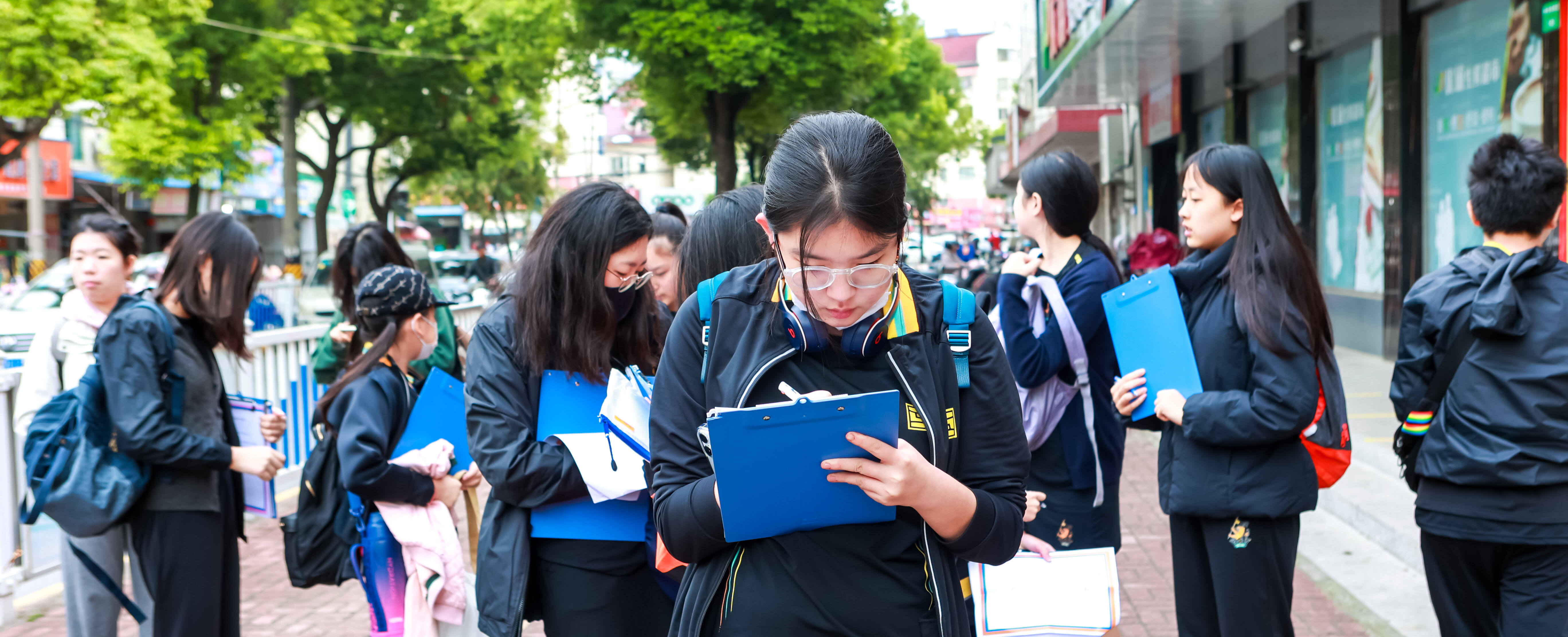
Learning to read in English changed the life of Ms Lana Kulas, our head of High School. Originally from Bosnia, she left the country to live in England at the age of nine. English was not her native language, which presented her with a lot of challenges in adjusting to her new home.
How did she gain such a strong command of English so quickly? Ms Kulas's answer: reading.
Ms Kulas had an English picture book. At first, she could not understand the words, but she was captivated by the pictures, and they helped her decode the words' meanings. She read it hundreds of times, and the one day, she suddenly comprehended the meaning of the words. This is the power of reading and books. Reading gave her the power to speak and write in another language. In fact, her love of reading grew so much that it propelled her study English literature at Oxford University.
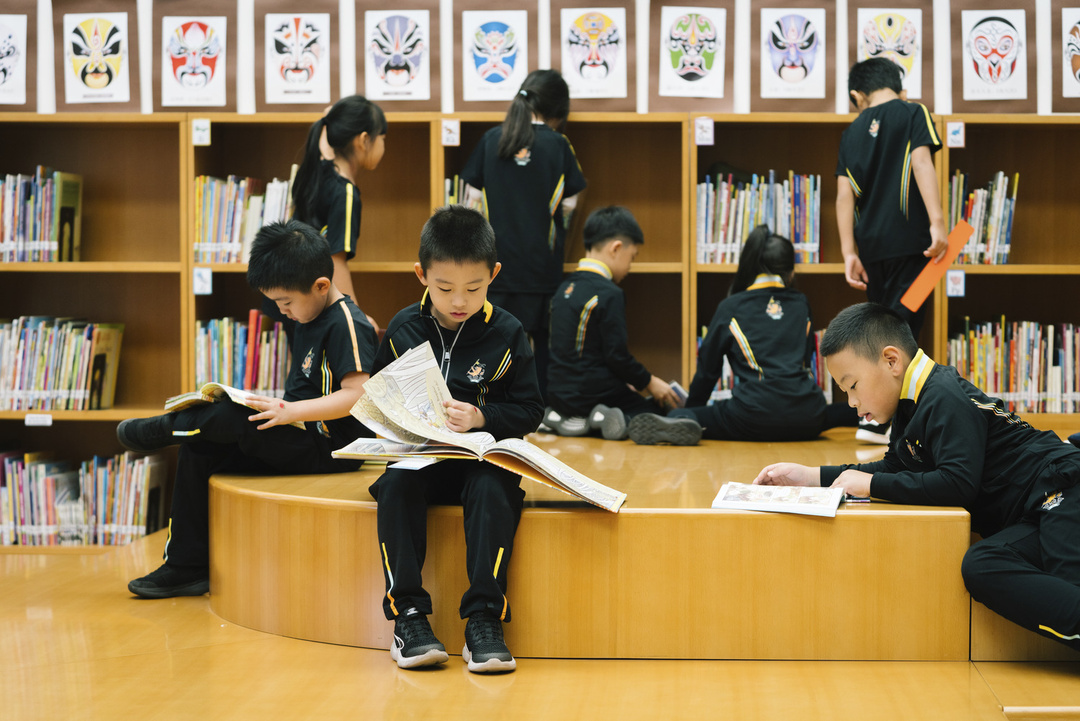
In our ongoing efforts to expand our pupils' horizons, Hiba holds the ‘1000-minute reading challenge’ every summer. This annual programme helps our pupils establish strong reading habits early in their lives. As part of this activity, our library teacher Ms Kathrine has planned various age-appropriate reading programmes for our pupils. These gradually guide our pupils from picture books in Early Years to classic literature in High School.
Begin reading with picture books
Suitable for lower primary pupils
Picture books are most suitable for young children. They help to build their vocabulary, and at this age, they respond better to colourful illustrations than to printed words. Picture books are perfect for bedtime reading and they present many opportunities for parents to participate in building their child's literacy by asking questions and interacting with the content.
Recommendation
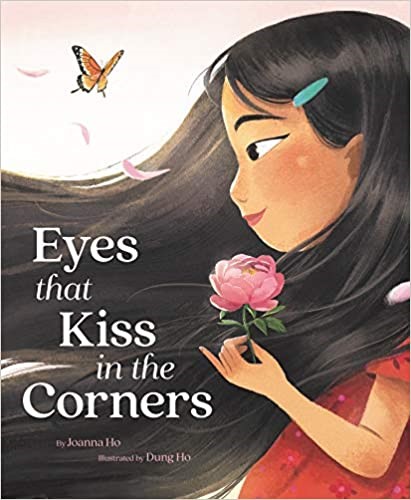
Title: Eyes that Kiss in the Corners
Author: Joanna Ho
Ages: grade1–grade 2
A picture book filled with wonderful illustrations that encourage children to be proud of who they are and how they look.
Transitional reading: early chapter books
Suitable for pupils in grades 1–5
The early chapter book is a concept derived from ‘bridging books’ found in Western countries. They help children to transition from reading picture books with their parents to reading chapter books independently.
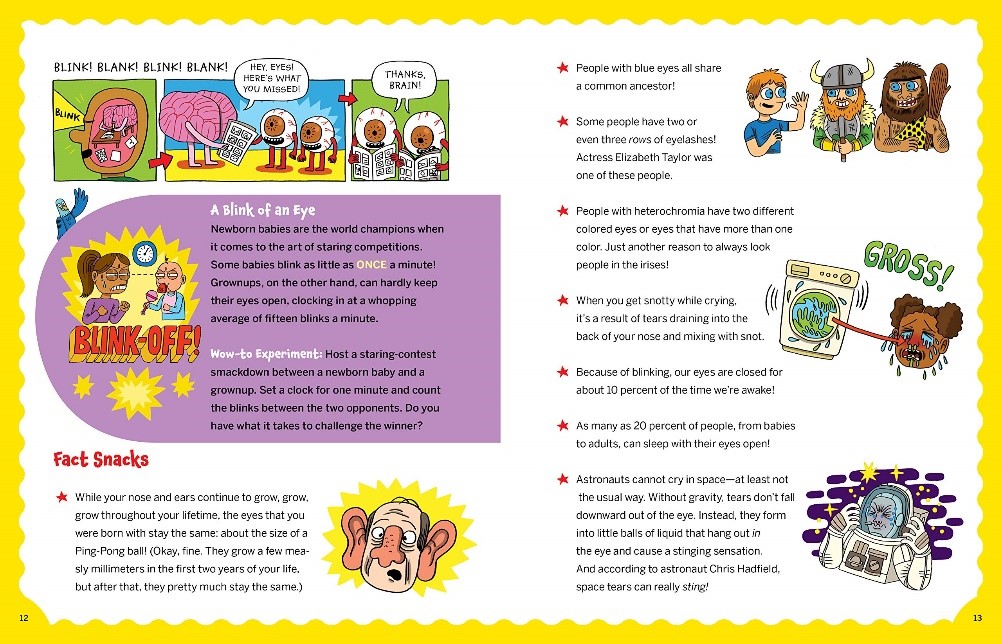
Pages in an early chapter book
The contents of these books are generally relevant to a child's life experiences. There are several genres as well, including fairy tales, folklore, fiction and poetry.
Recommendation
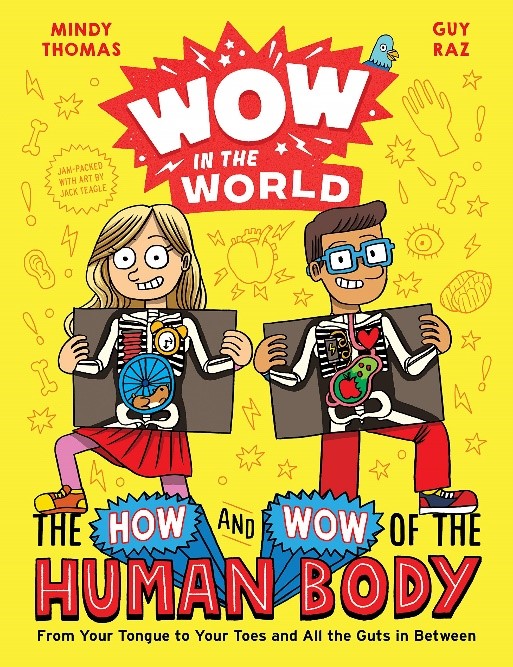
Title: The How and Wow of the Human Body: From Your Tongue to Your Toes and All the Guts in Between
Author:Mindy Thomas and Guy Raz, illustrated by Jack Teagle
Ages:grades 3–5
A fully illustrated comical tour of the human body focusing on disgusting, incredible, and hilarious facts about our very own, ever-oozing piece of machinery.
Beginner-level independent reading
chapter books
As a child’s reading ability improves, age-appropriate books feature fewer illustrations and more words. Eventually children should be encouraged to read chapter books independently. Chapter books are longer and may not be completed in one sitting. As the name implies, they are divided into chapters, making the content more digestible. Children can read at their own pace, taking time to understand the books' themes and main ideas.
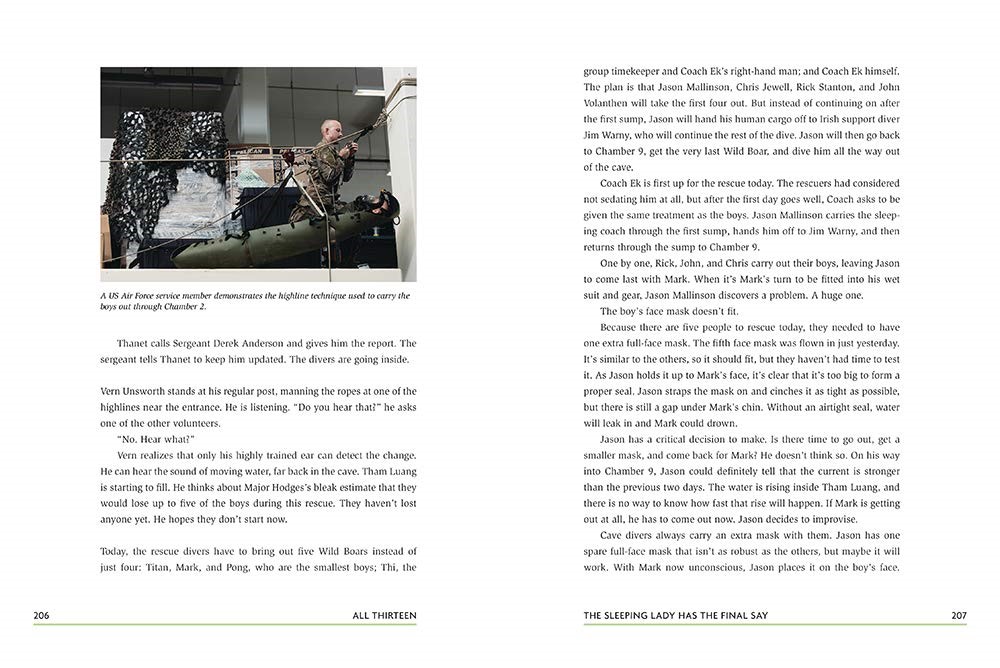
Pages in a chapter book
Chapter books can also be divided into three categories. Early readers' chapter books use simple words and loose layouts that can keep young children who are accustomed to picture books more fully engaged. Intermediate chapter books are intended for Lower Primary pupils. They feature more complicated sentence structure and more advanced vocabulary. Page counts are usually no higher than 120. When children move up to upper Primary School and Junior High, advanced chapter books are more suitable for them as they can read with a higher level.
As children begin to read the chapter books, their understanding of the book is based on the information accumulated in the reading process and a grasp of the content as a whole, which requires adequate reading comprehension skills.
Recommendation
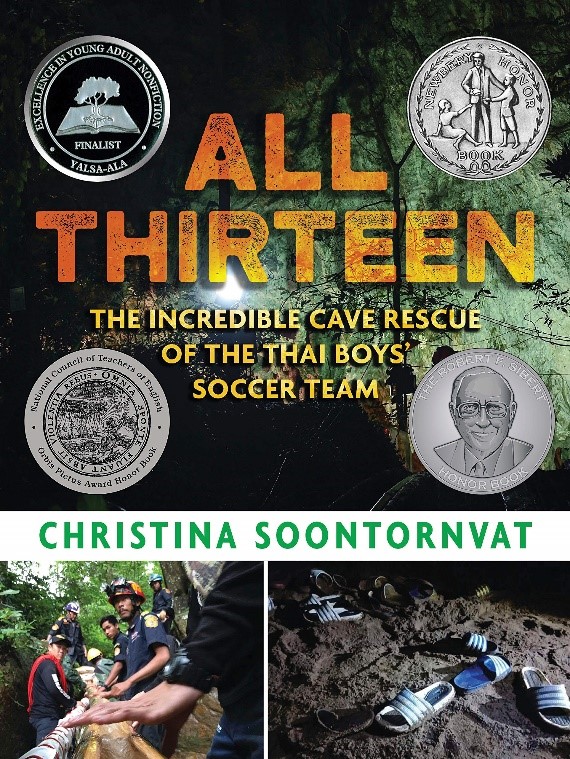
Title: All Thirteen: The Incredible Cave Rescue of the Thai Boys’ Soccer Team
Author: Christina Soontornvat
Ages: grades 6–8
This multi-award-winning nonfiction book tracks the survival story of a Thai boys’ soccer team, showing both the challenges facing rescuers and the bravery and ingenuity of those trapped in a flooded cave.
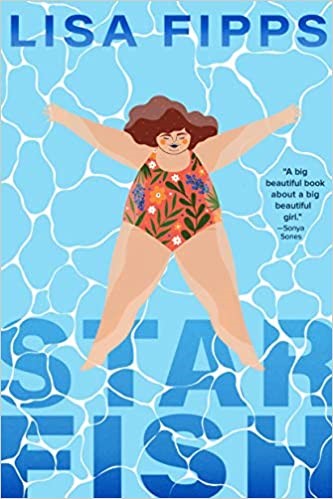
Title: Starfish
Author:Lisa Fipps
Ages:grades 6–8
A body-positive novel in verse about a middle-schooler, Ellie, who, with the help of her therapist, begins standing up for herself against those who bully her for her size — including confronting the worst tormentor of all, her mother.
Classic English books and IGCSE English reading
Based on their reading experience on chapter books, capable pupils can begin to read renowned, classic English books in preparation for studying IGCSE English literature. It is crucially important that pupils read a wide variety of texts. Modern fiction texts can give pupils a wider understanding of current affairs and the world around us today.
Alongside fiction texts, pupils should read an array of non-fiction texts that they can engage with to get a deeper understanding of language and the contexts to which it applies. The most important thing is that they read literature that they can effectively engage with and enjoy their experience of reading literature.
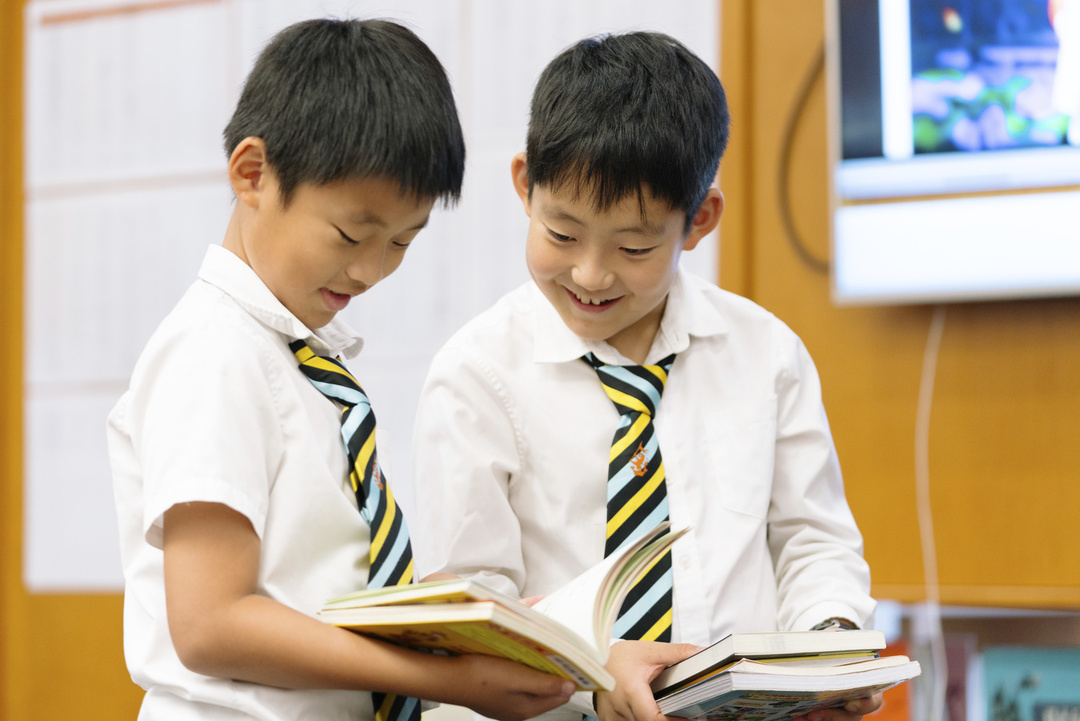
The main demands for Hiba pupils are that they increase their fluency and understanding of the cultural context in English. Vocabulary demands for the course are varied and extensive. In turn, reading in English at the appropriate level of challenge enables pupils to expand their vocabulary, increase their fluency, expand their cultural understanding, and progress their critical understanding of English from different cultures.
As well as this they will explore the contribution of literature to an understanding of areas of human concern; appreciate different ways in which writers achieve their effects and experience literature’s contribution to aesthetic, imaginative and intellectual growth.
Recommendation
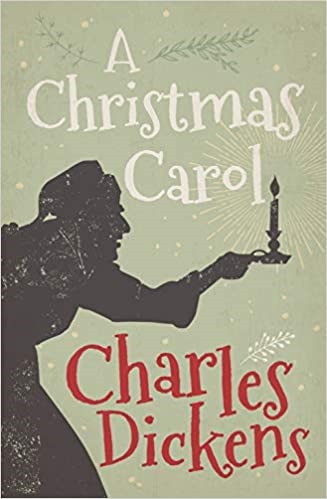
Title: A Christmas Carol
Author: Charles Dickens
Ages: G8 and above
A Christmas Carol recounts the story of Ebenezer Scrooge, an elderly miser who is visited by the ghost of his former business partner Jacob Marley and the spirits of Christmas Past, Present and Yet to Come. After their visits, Scrooge is transformed into a kinder, gentler man.
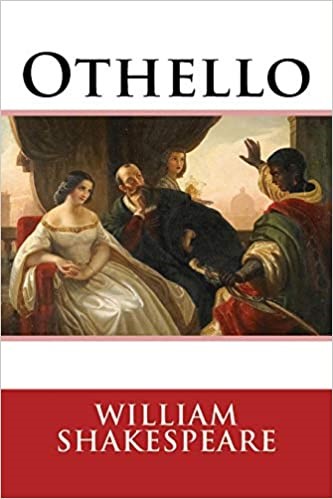
Title: Othello
Author: William Shakespeare
Ages: G8 and above
The plot of Othello revolves around a Moorish general who has achieved great military feats on behalf of the state of Venice. It discussed the enduring themes of passion, jealousy and race.
Through English reading, our pupils can explore the wider world, gaining exposure to the new ideas and perspectives that will one day make them global citizens. But our '1000-minute reading challenge' is just the beginning. We hope Hiba pupils will learn to love reading regardless of the season and for far longer than 1000 minutes. Happy summer reading!